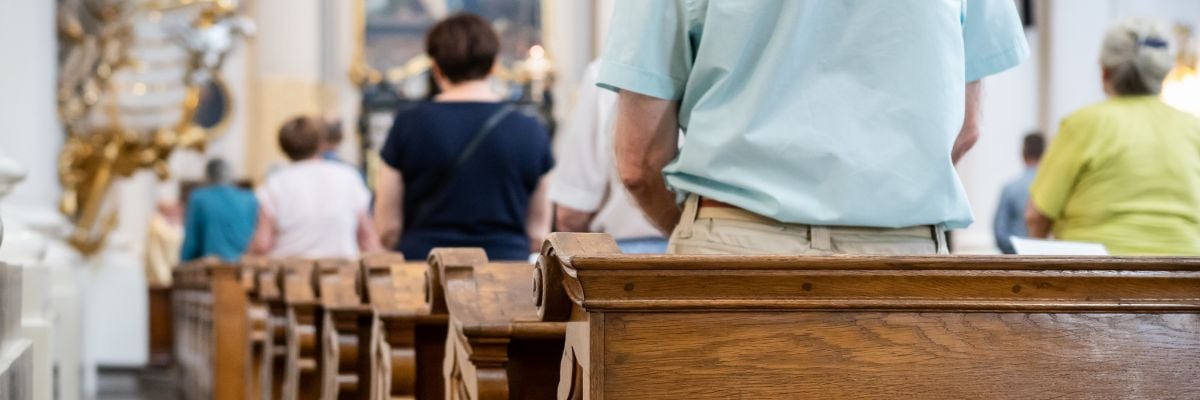
Question:
Answer:
Without more information, it is impossible to determine whether the woman was offering Mass or leading a Communion service. Given the explanation offered you, it sounds likely that what was offered was a Communion service. If you observed the woman attempting to consecrate the bread and wine, contact the bishop of the church’s diocese and report to him what you witnessed.
Laypeople (including laywomen) are allowed to lead Communion services in the absence of priests. The Eucharist is not consecrated at this service, because that is something only a priest can do. The Eucharist that is distributed to the congregation was consecrated beforehand at another Mass. As an example of the difference between Masses and Communion services, remember what happens on Holy Thursday and Good Friday. Because Masses are not offered on Good Friday, the priest consecrates double the usual amount of hosts on Holy Thursday and the extras are reserved for the Communion service on Good Friday.


